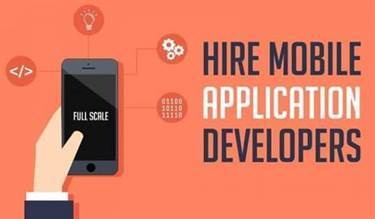Содержание
Let’s use this first application of the blockchain technology to learn how it works. Smart contracts – self-executing agreements based on blockchain technology – automatically trigger actions or payments once conditions are met. In the near future, they will use real-time information, such as asset GPS data, to trigger an event, such as a transfer of ownership and funds.

Also available in Simplified Chinese and Mandarin thanks to volunteering efforts and blockchain community support. This article explains how the blockchain works without discussing the technical details in depth, but by digging just enough to give you a general idea of the underlying logic and mechanisms. None of that takes into account the huge amounts of e-waste generated by the industry though, which for Bitcoin alone could exceed 30 metric kilotons per year; comparable to the small IT equipment waste produced by a country like the Netherlands. Proof of work – a system that prevents a hacker from changing the hashes of the entire network when one is altered. Where the story of cryptocurrencies becomes even more interesting and complex, however, is how cryptocurrencies are treated and recognized around the world. Link your accounts by re-verifying below, or by logging in with a social media account.
How Does The Blockchain Work?
Since you broadcast the message only after it has been encrypted, you never have to reveal your private key. Blockchain allows us to write a few lines of code, a program running on the blockchain, to which both of us send $50. This program will keep the $100 safe and check tomorrow’s weather automatically on several data sources.
What Are The Different Layers Of Blockchain Technology? – Jumpstart Media
What Are The Different Layers Of Blockchain Technology?.
Posted: Mon, 19 Sep 2022 12:33:00 GMT [source]
It’s not secure to order the transactions by timestamp because it could easily be counterfeit. Therefore, there is no way to tell if a transaction happened before another, and this opens up the potential for fraud. However, uniquely, rather than being kept in one place like the more traditional ledger book, the database is shared across a network of computers. This network can encompass just a handful of users, or hundreds and thousands of people. The ledger becomes a long list of transactions that have taken place since the beginning of the network, getting bigger over time. Supply chains, product tracing and authentication – the blockchain technology can be used to record transactions in the supply chain, verify the authenticity of a product, and guarantee safety.
Blockchain Benefits And Challenges
A disagreement about which block represents the end of the chain tail opens up the potential for fraud again. If a transaction happens to be in a block that belongs to a shorter tail (like block B in Fig. 7), once the next block is solved, this transaction, along with all others in its block, will go back to the unconfirmed transactions. In our bank system we only know our own transactions and account balances; on the blockchain everyone can see everyone else’s transactions.
DTTL and each of its member firms are legally separate and independent entities. DTTL (also referred to as “Deloitte Global”) does not provide services to clients. In the United States, Deloitte refers to one or more of the US member firms of DTTL, their related entities that operate using the “Deloitte” name in the United States and their respective affiliates. Certain services may not be available to attest clients under the rules and regulations of public accounting. Please see /about to learn more about our global network of member firms.

So if there is ambiguity about which is the last block, as soon as the next block is solved, each node will adopt the longest chain as the only option. To be added to the blockchain, each block must contain the answer to a complex mathematical problem created using an irreversible cryptographic hash function. The only way to solve such a mathematical problem is to guess random numbers that, combined with the previous block content, generate a defined result. It could take about a year for a typical computer to guess the right number and solve the mathematical problem. However, due to the large number of computers in the network that are guessing numbers, a block is solved on average every 10 minutes. The node that solves the mathematical problem acquires the right to place the next block on the chain and broadcast it to the network.
Blockchain: What Is It And What Does It Mean For Development?
Bitcoin and blockchain are equally popular terms that seem to be everywhere today – and they often appear together. However, the two terms don’t have the same definition and point to two different concepts. Blockchain has the power to fix all of that by creating a consistent, immutable record that cannot be distorted. The most notable disrupter is Japan, which has passed a law accepting bitcoin as legal tender. At the other end of the spectrum, Bangladesh passed a law in 2014 stating that anybody caught using the virtual currency could be jailed under the country’s strict anti-money-laundering laws. This preserves user privacy, but it also allows illegal activity on the network.
They are usually smaller, don’t utilise a token, and access to the database is strictly controlled. Being private by definition, their number of nodes is reduced and the possibility to alter the information stored in each of them by the owners is high. Thus, the level of tamperproofing private blockchain networks is at least arguable. Every time one of the members of the decentralized blockchain network (a “node”) completes an additional transaction, this transaction is timestamped, recorded, and added to that user’s digital ledger . Scott Stornetta, the blockchain technology started to gain popularity in 2008, when Satoshi Nakamoto used it as the public ledger to secure bitcoin transactions.
As an early adopter of blockchain, Gartner helped us on our journey of understanding the impact blockchain will have on us and our business. Our Executive Guidance eBook covers what all business leaders should know about blockchain, including five steps to take now to avoid getting left behind. Now that you have a general understanding of how the blockchain works, let’s take a quick look at why it’s so interesting. However, some of these mining pools with substantial computing power have decided to limit their members in order to safeguard overall network security.
Join The Blockchain Ecosystem
Significant challenges still exist on the way to full-scale adoption of blockchain, but the progress made thus far will only be amplified as incremental milestones are achieved, and that’s where the hype will start to become reality. Ironically, because of all of this, the technology that came to the mainstream consciousness in a flurry of stories about cybercriminals may actually create a new model for trust in the global financial system. UNICEF Ventures also participates in collaborative cross UN agency initiatives & projects, such as the United Nations Innovation Network , with the aim of collectively experimenting and sharing learnings around blockchain.
- 6 emerging market blockchain startups will receive up to $100,000 to develop an open source prototype.
- A transaction that gets recorded on one computer or node is visible to each of the computers in the digital network.
- They are usually smaller, don’t utilise a token, and access to the database is strictly controlled.
- While you can generally trust your bank, the bitcoin network is distributed and if something goes wrong there is no help desk to call or anyone to sue.
- That means contracts, financial transactions, bills of lading, property titles, and tax filings that are the defining structures of our economic system could be seamlessly digitized and recorded forever in an open, distributed ledger.
- The revolutionary aspect of this technology is that, thanks to its structure, it is extremely difficult or impossible to tamper with, hack, change, or modify the records.
- Since each new block records the previous hash, the technology is, in principle, tamper-proof.
Since cryptocurrencies on the blockchain technology don’t need this middle agent, they can streamline transactions and offer a more stable alternative to fluctuating currencies. Smaller companies can also Blockchain technology implement their private blockchains to create a secure network for their organisations. As a matter of fact, as we have already explained, high levels of security are reached only by public blockchain.
Supply Chain Services
The digital signature is a string of text resulting from your transaction request and your private key; therefore it cannot be used for other transactions. If you change a single character in the transaction request message, the digital signature will change, so no potential attacker can change your transaction requests or alter the amount of bitcoin you are sending. Since blockchain technology can work as a secure but decentralised database, today it is primarily used to record Bitcoin transactions. Indeed, Bitcoin, unlike previous attempts to create and circulate digital currency, presents itself as a solution to security and trust issues. Because it is decentralized and theoretically lives forever digitally, the blockchain record provides a standardized accounting of all touch points in any transaction. That means contracts, financial transactions, bills of lading, property titles, and tax filings that are the defining structures of our economic system could be seamlessly digitized and recorded forever in an open, distributed ledger.
Amid all of this activity, wealth management professionals are already fielding calls from clients asking why they are not recommending cryptocurrencies as part of their portfolios. In fact, the Swiss private bank Falcon hasbegun offering clients the ability to store and trade bitcoin with their cash holdings. Financial professionals were initially more interested in the ledger technology underlying cryptocurrency, than the currency itself. That all started to change this year as a cryptocurrency gold rush has made bitcoin the hottest financial asset of 2017. Some of the most promising blockchain use cases currently in development include financial instrument and trade identification,data delivery,payment systems, land registration,contract law, and evenidentity verification. The Office of Innovation has held internal sessions to outline and demonstrate how blockchain networks work.

Avivah Litan, Gartner Distinguished VP Analyst, provides insights and examples of how Gartner clients are utilizing blockchain technology today. Gartner helps IT leaders understand the security and integrity of the blockchain itself, and also gives approaches to help https://globalcloudteam.com/ security and risk management leaders employ best practices when initiating a blockchain security project. Though many exchange platforms are emerging, and digital currencies are gaining popularity, it’s still not easy to trade bitcoins for goods and services.
Additionally, blockchain technology is finding innovative uses in the field of product authentication and brand protection. Thanks to this technology, combined with IoT devices, blockchain companies can prevent counterfeiting and track transactions and product conditions and integrity. Main companies, including pharmaceutical giants Pfizer and retail corporations such as Walmart, use blockchain technology to streamline their supply chain, implement better quality control systems, and safely record transactions. One of the aspects that make blockchain technology unique and revolutionary is the level of security it provides its users.
Build On Blockone
This new block references the hash of the previous block they were based on, which is what makes a series of blocks a blockchain. Immutable hashes – as we have seen above, each block on the chain contains its unique fingerprint and the previous’ block unique fingerprint. So, even if one transaction is tampered with and the hash is changed, the following blocks won’t be able to point back at previous ones, rendering the whole chain invalid. That’s the thinking behind our launch of the BlockOne IQ and BlockOne ID tool kits to foster co-innovation and enable our clients and partners to experiment with new approaches to implementing blockchain technology into their existing workflows.
However, this secure database lends itself to many other applications – even beyond the thousands of cryptocurrencies out there. Since most of today’s blockchains are large, open-source, public blockchain networks, it would be impossible to bypass all of these security levels. Bitcoin – launched in January 2009, Bitcoin is the first successful attempt to create and distribute a digital currency and bitcoin blockchain represents the first real-world application of blockchain technology. Over the past ten years, the word “blockchain” has spread like wildfire, and today there are over 63 million recorded blockchain wallet users worldwide.
What Does It Mean For Development?
Since a block is added to the chain every 10 minutes on average, a transaction included in a block for the first time an hour ago has most likely been processed and is now irreversible. Let’s see how Mary could leverage this end-of-chain ambiguity to perform a double-spending attack. Since nodes always adopt the longer tail as the confirmed transactions, if Mary could generate a longer tail that contains a reverse transaction with the same input references, John would be out of both his money and his product.
Exploring Blockchain Applications To Accelerate Impact
The revolutionary aspect of this technology is that, thanks to its structure, it is extremely difficult or impossible to tamper with, hack, change, or modify the records. The blockchain protocol, as conceptualised by Satoshi Nakamoto, is intended as a system to timestamp documents and ensure that transactions are not tampered with. Initially called “block and chains”, the blockchain network was created as a protocol to securely structure and share data. Today, blockchain has been defined as the “fifth disruptive computing paradigm” – and new ways to apply this technology appear every day.
However, since the next block in the chain will also report what the previous block’s hash is meant to be if a block’s hash is tampered with, the entire blockchain will be invalid. But there still seems to be a degree of confusion around this technology. In the sections below, we’ll explore what a blockchain network is, its level of security, and its modern uses. At Thomson Reuters, we have developed an ecosystem of blockchain partnership with hundreds of entrepreneurs and start-ups as well as with key industry organizations.


